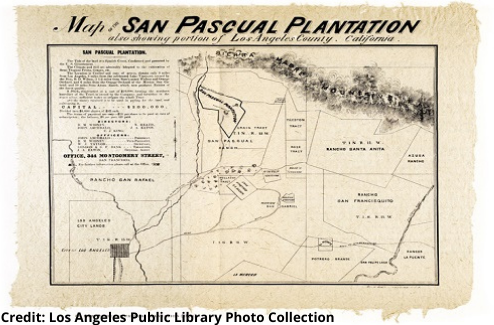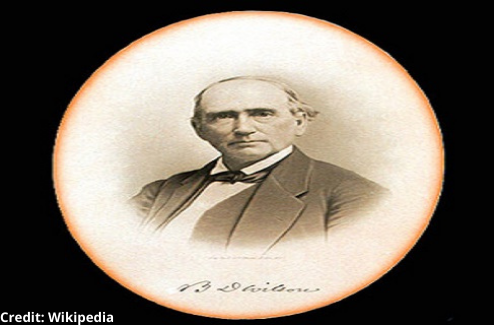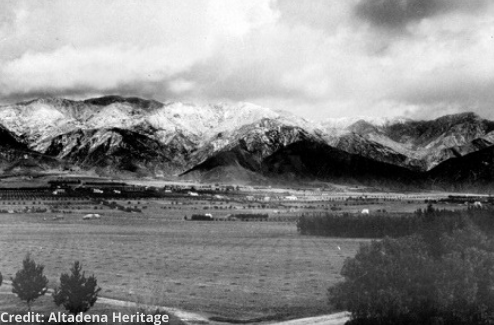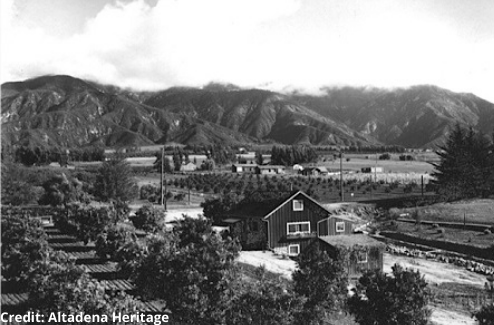Altadena, founded in 1887 as an unincorporated area of Los Angeles County, is sometimes overlooked in the shadow of its surrounding neighborhoods but, like most communities, Altadena has its own rich history and interesting characters who birthed it, developed it, and set it on its course to becoming the beautiful and diverse community it is today.
When Spanish settlers first came to the area, it was already inhabited by the Hahamongna (or Hahamog’na) tribe of the Tongva people. The Spaniards built the San Gabriel Mission a little to the southeast of Altadena’s current location in 1771 and then established Los Angeles in 1781. Other small agricultural communities began springing up all around Los Angeles soon after, many of which started as land grants given out by the Spanish, and later, Mexican governments. The Spanish government wanted to encourage their soldiers in the New World to continue living there as ranchers and farmers, a strategy the Mexican government continued to use after it gained independence from Spain in 1821. Altadena started out as a part of one of these Mexican land grants, a 14,403-acre area called Rancho San Pascual* that was given to Mexican citizen Juan Maríne in 1834. The rancho (which covered parts of modern-day Pasadena, South Pasadena, Alhambra, San Gabriel, San Marino, and San Pasqual in addition to Altadena) changed hands a few times over the next few decades, until the entire region came into the possession of the US in 1848.
Non-Hispanic emigrants from the East and Midwest began to move into the area in the latter half of the 19th century. They took note of this beautiful farmland sitting in the shadow of the San Gabriel Mountains and began to purchase and break up what had once been a part of the great rancho. This is when we get a few of the unique characters remembered in the annals of Altadena history.



